“A learning tool is not a subject of learning. You shouldn’t have to spend time to master a learning tool, it should teach you itself.” – Andrey Bayadzhan
How is technology empowering the next generation of composers?
Andrey Bayadzhan studied music theory with Roman Ruditsa, a composer and music theorist. Bayadzhan needed to write music every day, but he wanted to do it digitally. He found existing notation software complicated and inaccessible, so he decided to create his own tool. He and Roman spent years developing their app, D Notation. They’ve recently received a US patent on the invention and even won competitions including the Сompetition of innovations in Education of the Higher School of Economics in Moscow. They’re currently working on launching a public beta version of D Notation in the AppStore.
The Global Search for Education invited Bayadzhan to talk about how tech is innovating the way the next generation of artists will compose.
“The most important goal of D Notation is to help children overcome the shock, to make note writing accessible and the process of writing exciting.” – Andrey Bayadzhan
Andrey, what do you think makes D Notation unique to other apps in this genre for learners?
First of all, it’s an easy and convenient note input. A lot of students want to write notes digitally and they’ve waited for an innovation like ours.
Digital note writing today is very difficult because of complicated software. Although computer software should simplify the writing process, at the moment it makes it even harder than handwriting. Some people say that they can type notes really fast using software, but these people are professionals who’ve spent a lot of time and effort learning to master notation software.
A learning tool is not a subject of learning. You shouldn’t have to spend time to master a learning tool, it should teach you itself.
Students need a tool that is clear from the start, even if they are only beginners.
Another important thing is that our simplicity of input makes note writing truly mobile.
A mobile device has a small screen and people use it everywhere (at home, at school, on the go). But note writing is very complicated (much more complicated than verbal writing). That’s why a truly mobile tool requires an extremely clear interface and an input method with a minimum number of actions.
Up until now, no one has solved that problem. The D Notation app allows the user to type notes as easily as texts.
“We found out that different people understand music very differently and they put into the notion of music very different meanings.” – Andrey Bayadzhan
How would you describe the biggest challenges you’ve faced in engaging your end user? How have you addressed them?
Actually, it’s really easy for us to work with our users — students and teachers. We understand their needs very well. I’ve studied music since childhood and Roman was a music student in educational institutions of all levels, while also teaching music theory subjects there. The music education community in the US has helped us a lot in terms of testing the app and we are very grateful for that. Students and teachers have participated in improving it. The only problem we see is that there are some schools where the use of mobile devices in the classroom is not allowed. We believe that digital tools could be really effective in music.
If someone asked you to share 1 or 2 great examples of how your app has had an impact on learning, what would you show or tell them?
D Notation app allows you not only to write notes, but it helps you to learn note writing. It works in a sense like Lego constructor, with note symbols assembled from their elements and music scores assembled from note symbols. By constantly using this constructor, students understand how music writing works, at first intuitively and then rationally. An important impact of our app could be removing a psychological barrier between students and note writing. Once again, note writing is very difficult. When children meet music notation for the first time, they are shocked. The most important goal of D Notation is to help children to overcome the shock, to make note writing accessible and the process of writing exciting.
“We have seen that modern technology is a tremendous force that helps to solve practical problems.” – Andrey Bayadzhan
What lessons can classrooms in other countries learn from D Notation? What are the most important lessons you have learned from building the D Notation app?
Developing a product that will be used by millions is exciting. We are completely absorbed by our idea — the creation of a new generation tool for note writing.
Working on this, we learned that we must remain faithful to the idea and not to retreat from it. But that doesn’t mean that we shouldn’t be open to new things that happen in the world. We found out that different people understand music very differently and they put into the notion of music very different meanings. But there is something that unites everybody.
Note writing is one of the most important such things. We have seen that music theory in conjunction with modern technology is a tremendous force that helps to solve practical problems.
Where do you see your innovation 5 or 10 years from now?
For us, D Notation is primarily a learning tool, at least at an early stage of our development. The most painful problem of digital note writing in our time is the problem of its use in education and we want to solve that first. But D Notation is also applicable for note writing in general; in the future it can be used for any purpose at any level.
C. M. Rubin and Andrey Bayadzhan
Thank you to our 800 plus global contributors, teachers, entrepreneurs, researchers, business leaders, students and thought leaders from every domain for sharing your perspectives on the future of learning with The Global Search for Education each month.
C. M. Rubin (Cathy) is the Founder of CMRubinWorld, an online publishing company focused on the future of global learning and the co-founder of Planet Classroom. She is the author of three best-selling books and two widely read online series. Rubin received 3 Upton Sinclair Awards for “The Global Search for Education”. The series which advocates for all learners was launched in 2010 and brings together distinguished thought leaders from around the world to explore the key education issues faced by nations.
Follow C. M. Rubin on Twitter: www.twitter.com/@cmrubinworld

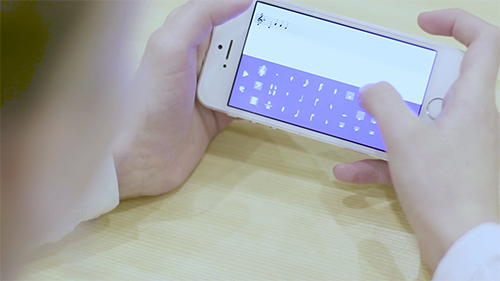

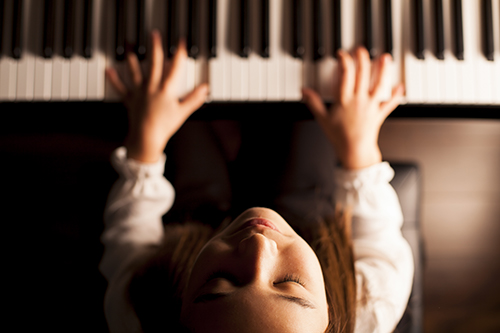

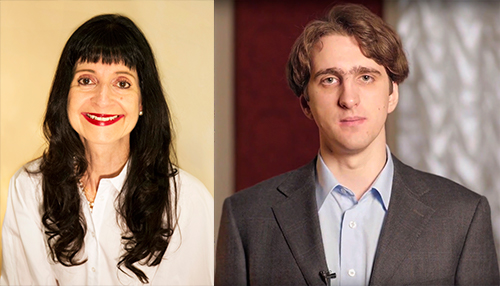
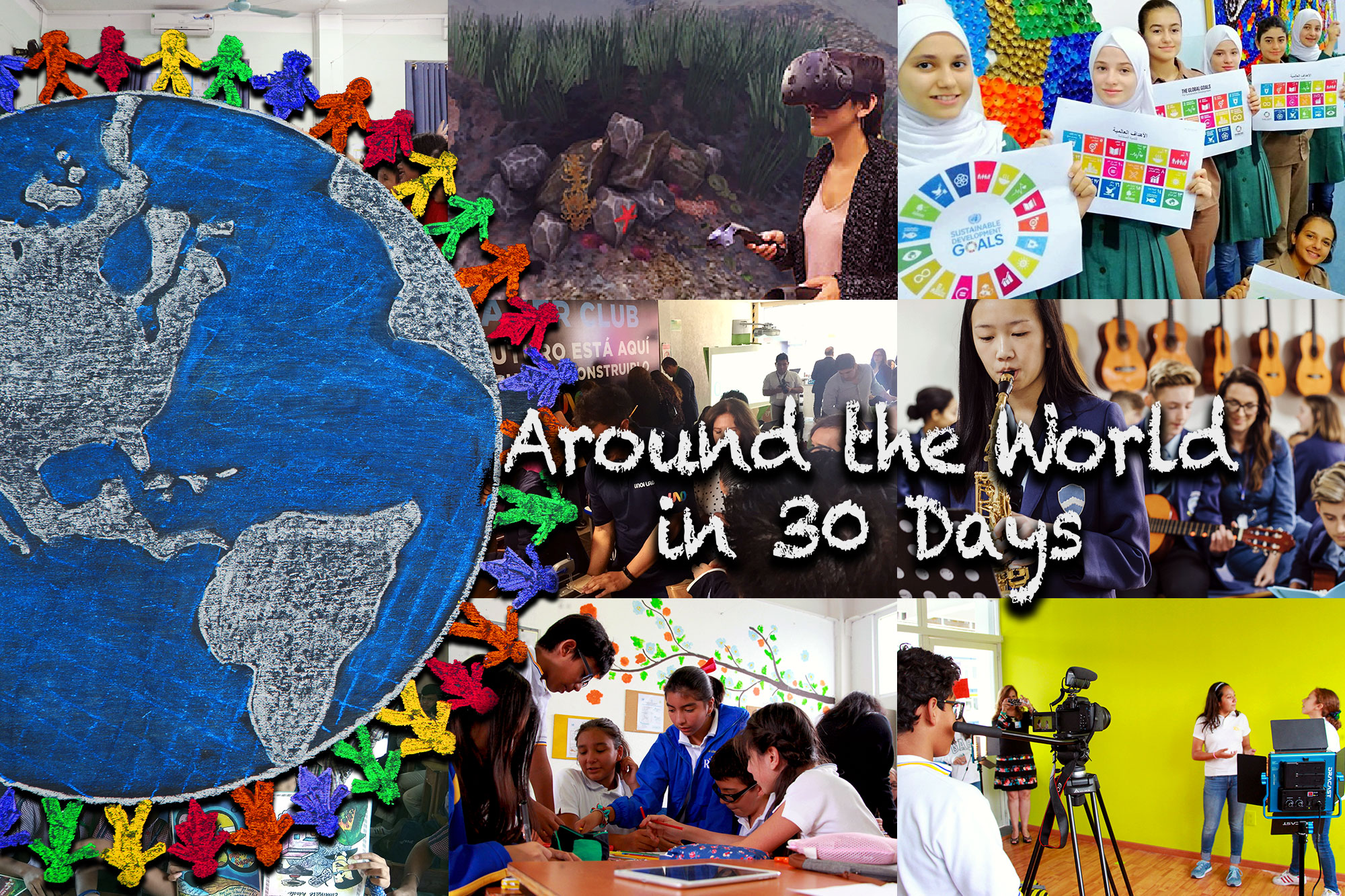
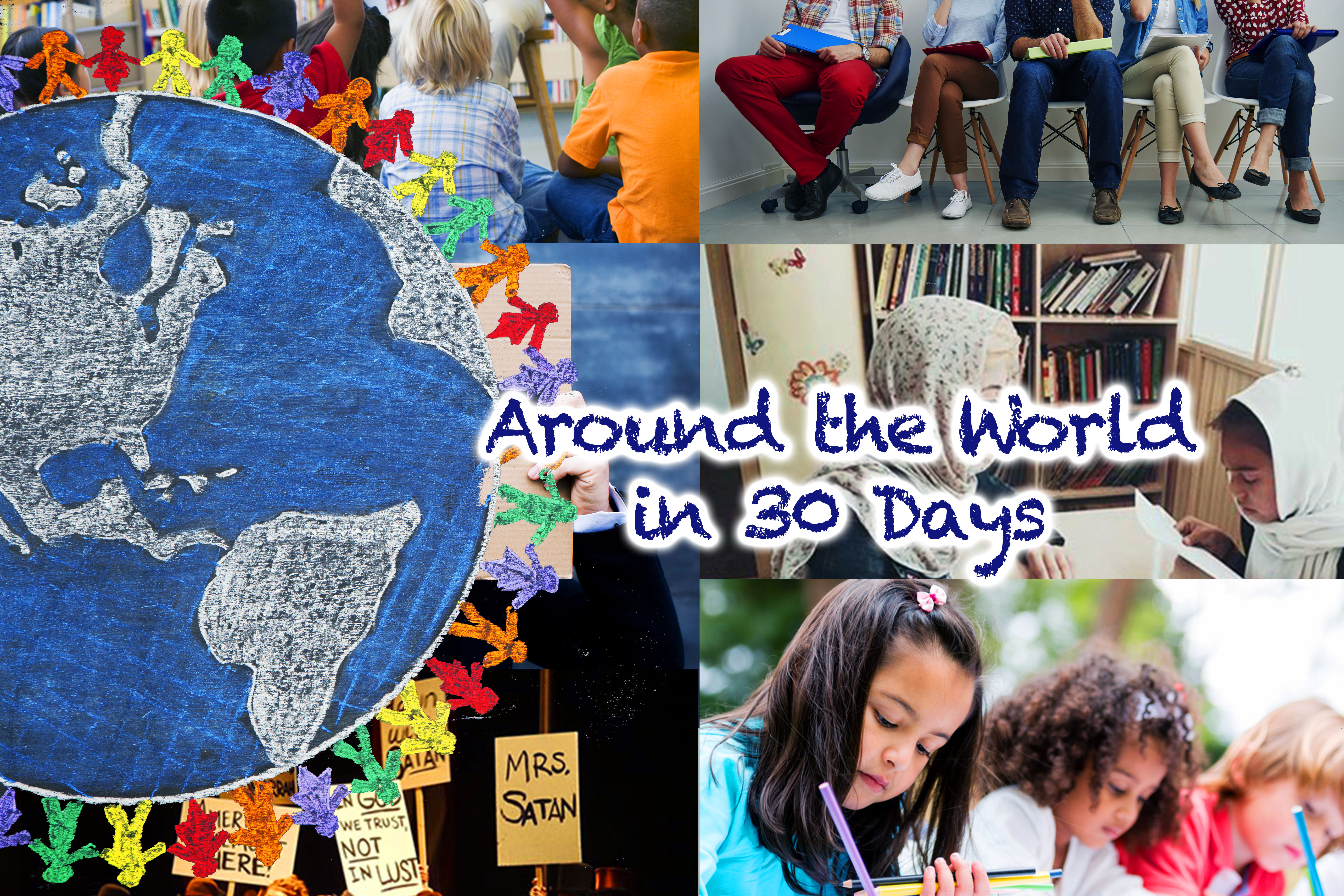
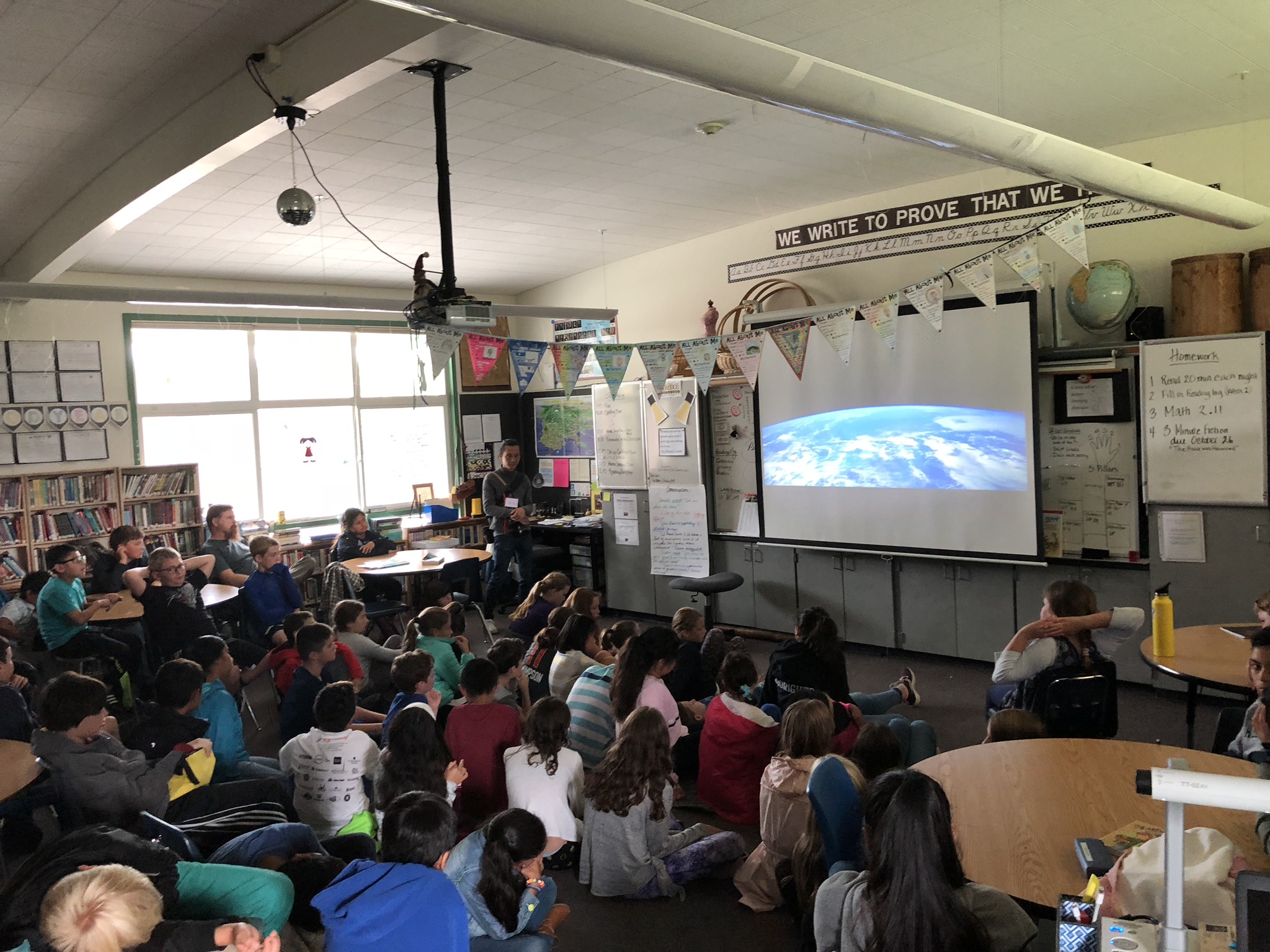

Recent Comments